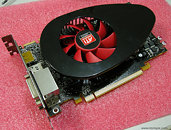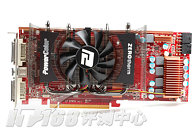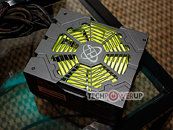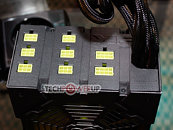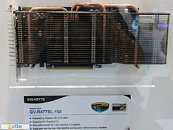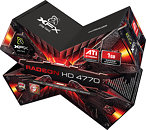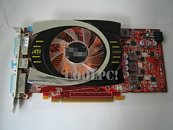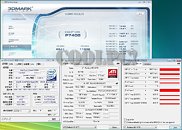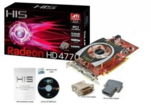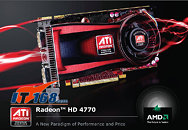
TSMC Claims 40 nm Yield Issues Resolved
TSMC, one of the world's major semiconductor foundries, said that it has resolved all issues pertaining to proper yields of chips built on the 40 nanometre node. During a company event on the 19th, Mark Liu, Senior VP of Operations, said that the quality of production on the 40 nm node is almost on par with the 65 nm one. Liu stated that the chamber matching problems that had impacted yield rates for the company's 40nm node have been resolved.
TSMC caters to graphics processor giants NVIDIA and AMD, with both having designs of 40 nm performance graphics processors with multi-billion transistor counts. AMD has been selling 40 nm GPUs made by TSMC since its previous generation ATI Radeon HD 4770, it currently makes all its Radeon HD 5000 series GPUs on the node. NVIDIA is poised to release its first billion transistor 40 nm GPU, the GF100, in its consumer GeForce brand later this quarter.
In addition to this, TSMC has just finished building a new factory at the Hsinchu Science Park (HSP), Taiwan, part of its Fab 12. The new facility will be able to commence volume production of 28 nm products as early as by Q3 2010.
TSMC caters to graphics processor giants NVIDIA and AMD, with both having designs of 40 nm performance graphics processors with multi-billion transistor counts. AMD has been selling 40 nm GPUs made by TSMC since its previous generation ATI Radeon HD 4770, it currently makes all its Radeon HD 5000 series GPUs on the node. NVIDIA is poised to release its first billion transistor 40 nm GPU, the GF100, in its consumer GeForce brand later this quarter.
In addition to this, TSMC has just finished building a new factory at the Hsinchu Science Park (HSP), Taiwan, part of its Fab 12. The new facility will be able to commence volume production of 28 nm products as early as by Q3 2010.

